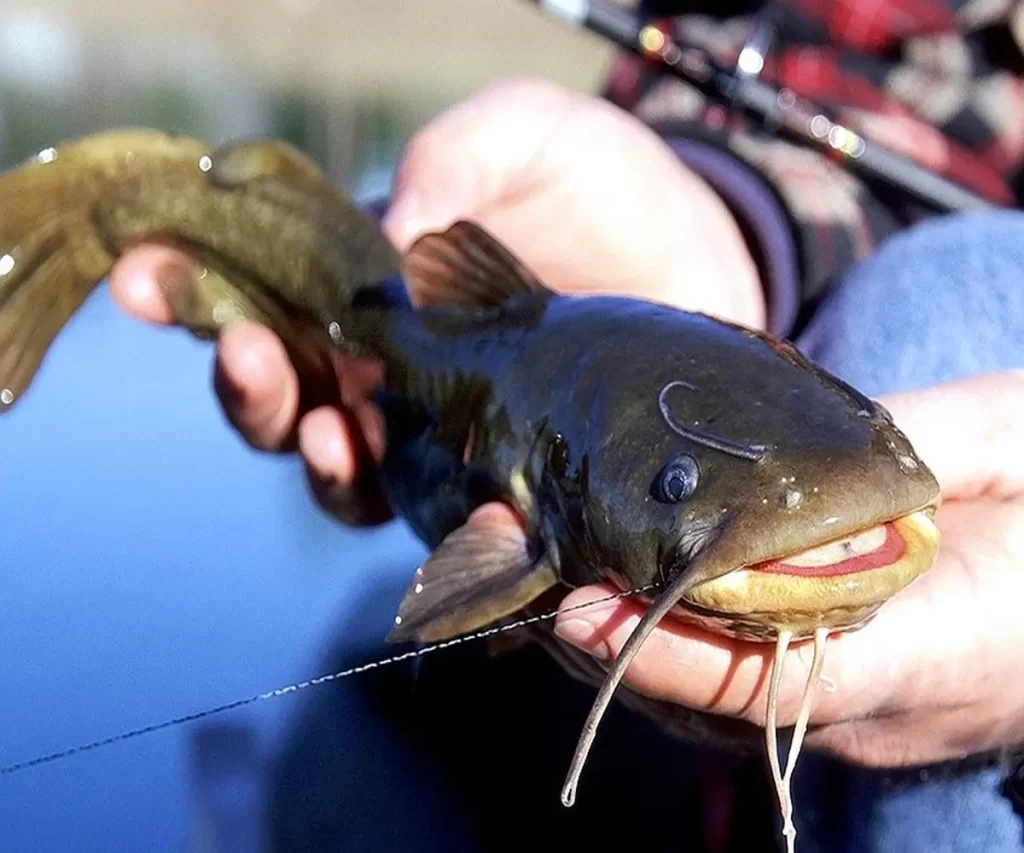
Bullhead Catfish Fish Species Guide
The Bullhead Catfish, a diverse and hardy species within the catfish family, holds a special place in the world of freshwater fish. Known for its adaptability and widespread distribution, the Bullhead Catfish has captured the attention of anglers, researchers, and aquarists alike. In this comprehensive exploration, we will delve into the intricate details of this fascinating fish, covering its taxonomy, habitat, physical characteristics, behavior, reproduction, and its significance to both aquatic ecosystems and human interactions.
Taxonomy and Classification
Scientific Classification
The Bullhead Catfish belongs to the family Ictaluridae, which comprises a diverse group of North American freshwater catfish. The scientific name for the Bullhead Catfish depends on the specific species, with some of the notable ones including:
- Ictalurus nebulosus (Brown Bullhead)
- Ictalurus punctatus (Channel Catfish)
- Ameiurus melas (Black Bullhead)
Physical Characteristics
Size and Shape
Bullhead Catfish species vary in size, with the average length ranging from 8 to 24 inches. The body is typically cylindrical and covered in smooth, scaleless skin. The head is broad and flattened, featuring distinctive barbels around the mouth that aid in locating food.
Coloration
The coloration of Bullhead Catfish depends on the species and the environment. Generally, they exhibit shades of brown, yellow, or olive, often with mottled patterns on their bodies. Their undersides are usually lighter in color.
Habitat and Distribution
Natural Habitat
Bullhead Catfish are highly adaptable and can thrive in various aquatic environments. They are commonly found in slow-moving rivers, ponds, lakes, and even brackish estuaries. Their ability to tolerate low oxygen levels and varying water conditions contributes to their widespread distribution.
Geographical Distribution
Bullhead Catfish species are native to North America, with different species having distinct geographical ranges. For instance, the Brown Bullhead is often found in the eastern and central parts of the continent, while the Channel Catfish has a broader distribution, extending from southern Canada to northern Mexico.
Behavior and Feeding Habits
Nocturnal Nature
Bullhead Catfish are primarily nocturnal, meaning they are most active during the night. This behavior is thought to be an adaptation to avoid predators and increase their chances of catching prey.
Feeding Habits
Bullhead Catfish are opportunistic feeders, consuming a wide range of food items. Their diet includes aquatic insects, crustaceans, small fish, and plant matter. The barbels around their mouths play a crucial role in detecting prey in the murky waters they often inhabit.
Reproduction and Life Cycle
Spawning Behavior
Bullhead Catfish exhibit interesting reproductive behaviors. During the spawning season, which typically occurs in the spring or early summer, males construct nests in shallow areas by clearing debris and creating depressions in the substrate. Females deposit their eggs in these nests, and males guard the eggs until they hatch.
Life Cycle Stages
The life cycle of Bullhead Catfish involves several distinct stages, including egg, larval, juvenile, and adult stages. The rate of growth and development varies among species and is influenced by factors such as temperature, water quality, and food availability.
Ecological Importance
Role in Aquatic Ecosystems
Bullhead Catfish play a crucial role in maintaining the balance of aquatic ecosystems. As opportunistic feeders, they help control populations of smaller fish and invertebrates, preventing overpopulation that could disrupt the delicate ecological equilibrium.
Indicator Species
The health and abundance of Bullhead Catfish populations can serve as indicators of environmental conditions. Their sensitivity to pollution and habitat degradation makes them valuable in assessing the overall well-being of freshwater ecosystems.
Interactions with Humans
Recreational Fishing
Bullhead Catfish are popular among recreational anglers due to their abundance and willingness to take a variety of baits. Anglers often target them for their challenging fights and delicious flesh. Various fishing techniques, including angling, trotlining, and juglining, are employed to catch Bullhead Catfish.
Aquaculture and Stocking
In some regions, Bullhead Catfish are raised through aquaculture for commercial purposes. Their adaptability to various environments and relatively fast growth make them suitable candidates for aquaculture operations. Additionally, government agencies may stock Bullhead Catfish in certain water bodies to enhance recreational fishing opportunities.
Conservation Status and Challenges
Conservation Concerns
While Bullhead Catfish populations are generally stable, certain species may face localized threats. Pollution, habitat destruction, and overfishing are potential challenges that could impact their numbers and distribution.
Conservation Measures
Efforts to conserve Bullhead Catfish involve habitat restoration, pollution control, and sustainable fishing practices. Additionally, education and awareness programs aim to inform the public about the importance of preserving the diverse ecosystems that Bullhead Catfish inhabit.
Conclusion to Bullhead Catfish
The Bullhead Catfish, with its remarkable adaptability, distinctive features, and ecological significance, stands out as a notable species in the world of freshwater fish. From its diverse species to its unique behaviors, this resilient catfish has carved a niche for itself in aquatic ecosystems and human interactions alike. Whether you are an angler seeking a challenging catch or a conservationist working to preserve freshwater habitats, understanding the Bullhead Catfish contributes to a broader appreciation of the intricate web of life in our rivers, lakes, and ponds.